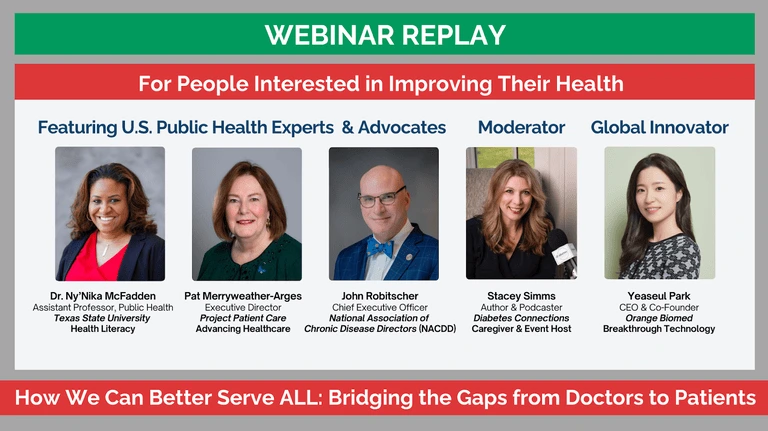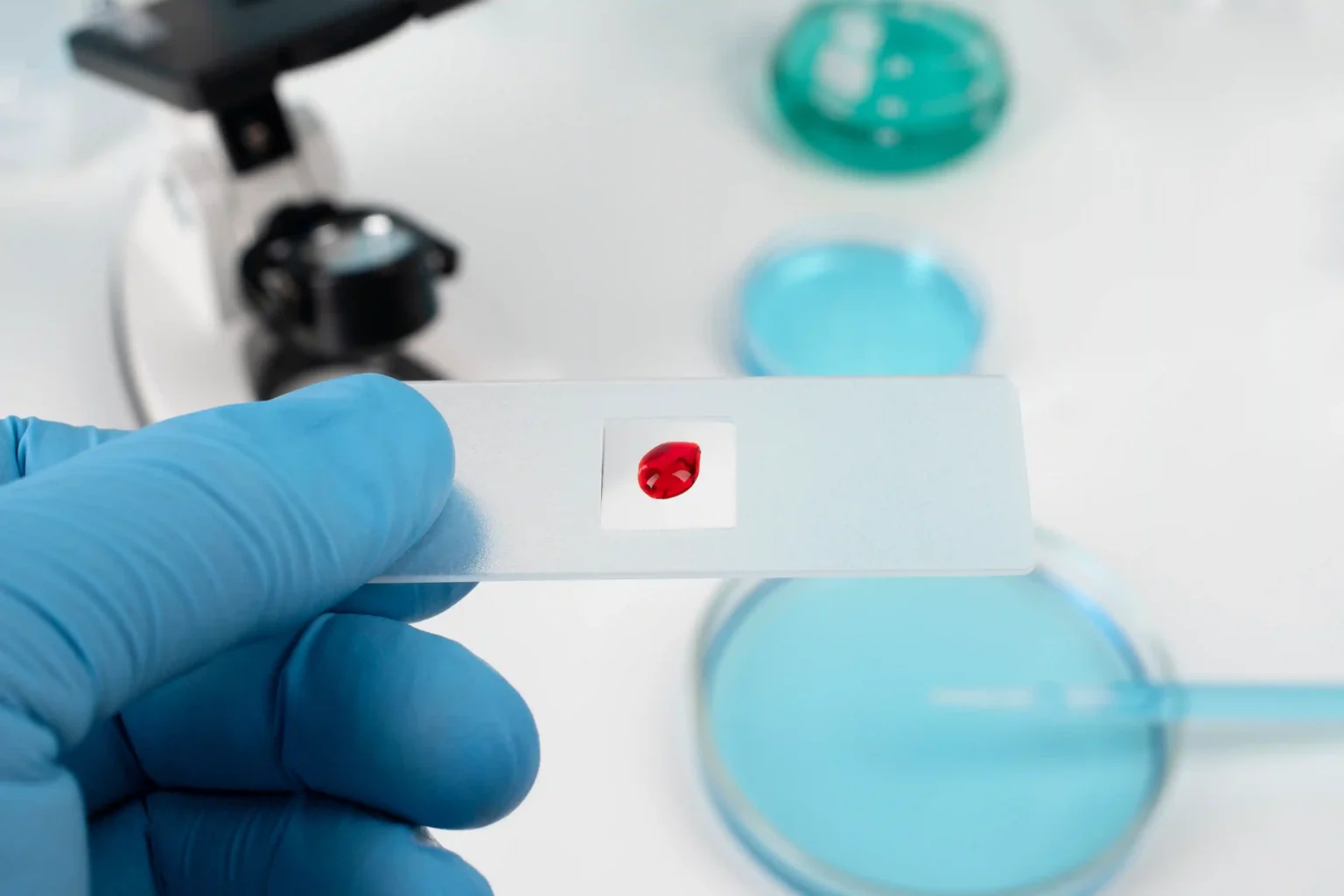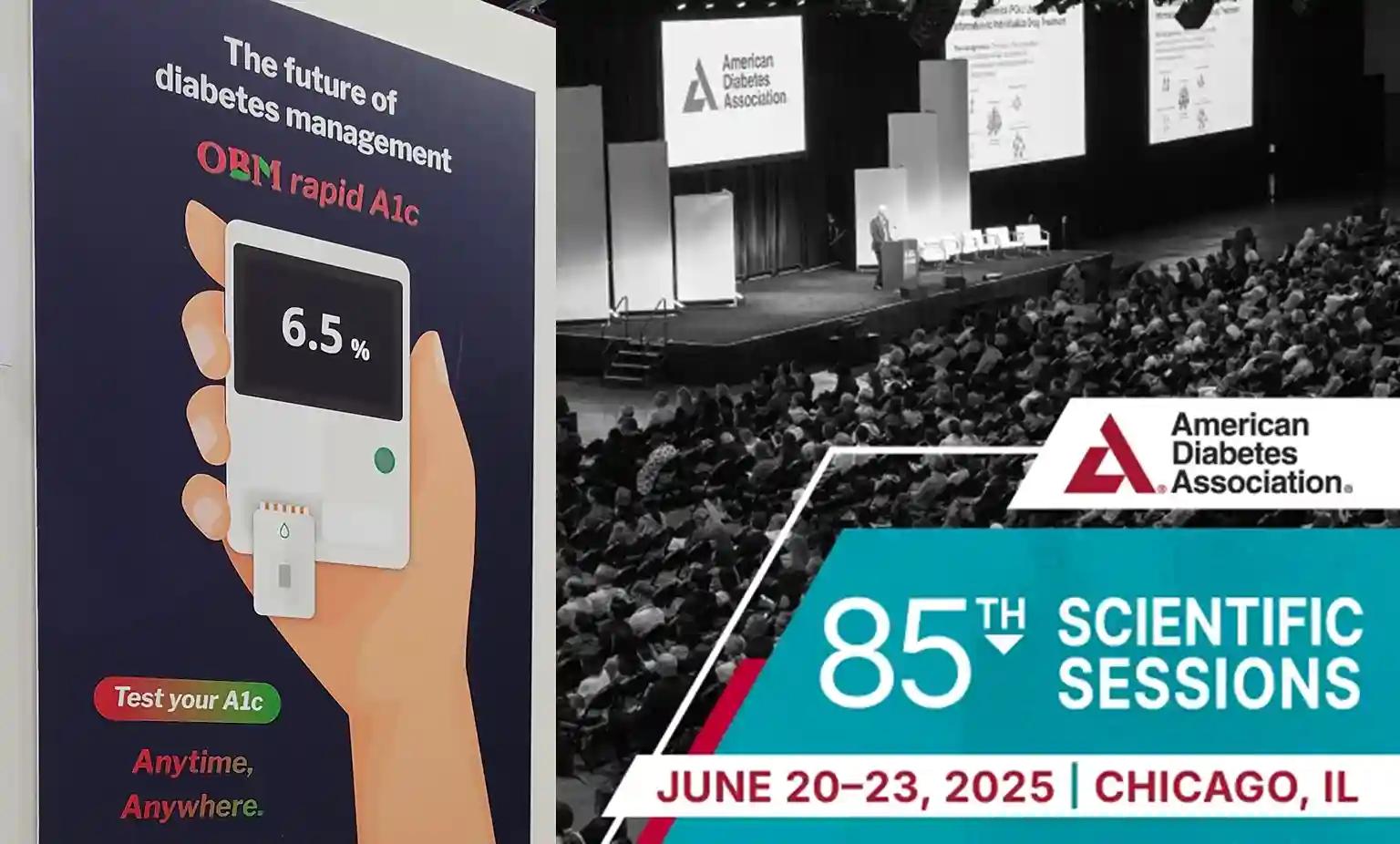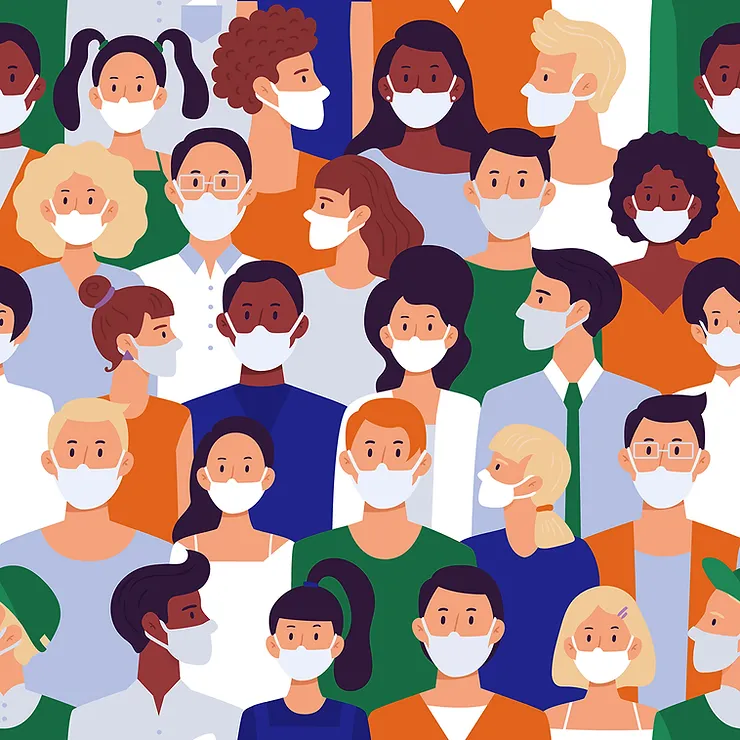
Health inequity has long been an issue in the U.S. among communities of color. The effects of this widespread and… persistent issue are devastating, resulting in higher prevalence and death rates of prominent health conditions, such as diabetes and cancer.
As a result, healthcare organizations and industry players are forming collaborations aimed to promote health awareness and healthcare access in minority communities.
Ecosystem Players are Banding Together to Address Alarming Health Trends in Communities of Color – Example of Industry Initiatives
In 2022, Bank of America partnered with some of the country’s leading public health organizations—the American Heart Association, the American Diabetes Association, the American Cancer Society, and the University of Michigan School of Public Health—to launch an initiative in 11 major U.S. cities to address alarming health trends in Black, Hispanic/Latino, Asian American, and Native American communities.
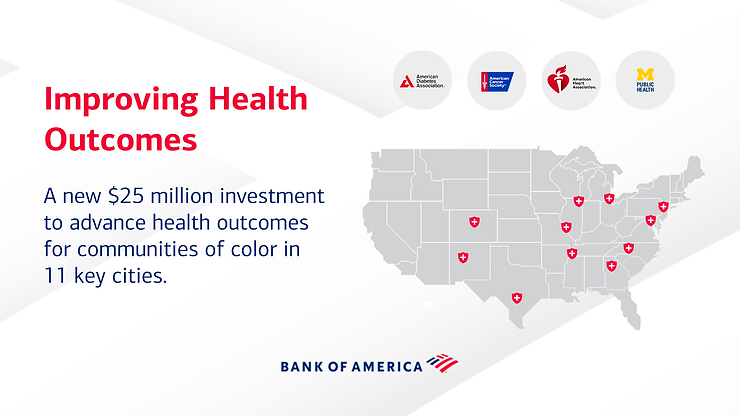
Source: American Cancer Society
The public health initiative is focused on the leading causes of death in communities of color: heart disease, cancer, stroke, and diabetes. In addition to this, these organizations strive to broadly improve minority health, considering maternal health, mental health, and nutrition.
For each city, the American Heart Association, the American Diabetes Association, and the American Cancer Society prioritized three key objectives: health education and capacity building, preventive healthcare and increasing access to health screenings, and healthcare advocacy for policies that will ensure fair opportunities and resources.
To effectively meet each city’s needs, their efforts were based on data collected from each unique region. For example, San Antonio, Philadelphia, Memphis, and Detroit have higher prevalence rates of diabetes than the national average of 8.3% with averages of 11.3%, 11.8%, 11%, and 10.7% respectively. In all 11 cities, diabetes prevalence was highest in areas with greater income inequality and less racial diversity. Black patients were found to have the highest death rates from cancer in all 11 cities as well.
Type 2 diabetes and certain types of cancer share joint risk factors. Educating communities of color about these shared risk factors can help raise health awareness and reduce the number of diagnoses, especially since many of these factors are within their control. Among these include one’s weight, level of inactivity, habit of smoking, and alcohol consumption. The sooner people are knowledgeable about the risks, the sooner they can take action in lowering them.
More Educational and Testing Initiatives are Ultimately Needed to Improve Health Outcomes for Minority Populations
Besides education initiatives and sharing important information on these diseases citywide, health screenings and early testing are also imperative in addressing health inequity. The earlier these diseases are caught, the better chances people have of fighting and hopefully, overcoming them.
Routine A1c testing, for example, is a more accurate method of testing for diabetes. Using point-of-care A1c testing devices would make this blood test as easy, efficient, and accessible as ever for people with diabetes or at risk of developing diabetes.
Investing in solutions such as these would directly help confront disparities in preventive care and treatment when it comes to race, ethnicity, and economic status.

Source: American Diabetes Association
As Tawana Thomas-Johnson, Senior Vice President and Chief Diversity Officer at the American Cancer Society, states, “It is a moral imperative that we work together with communities to address these health needs and improve public policy to ensure no one is disadvantaged based on who they are or where they live.”
Change begins when people, leading healthcare and grassroots organizations alike, come together to identify tailored ways to make a difference. Confronting barriers to health education and delivering life-saving materials to support widespread adoption are some of the ways that will advance health equity and racial equality for numerous communities across the United States.
Sources:
- https://www.cdc.gov/health-equity/what-is/?CDC_AAref_Val=https://www.cdc.gov/healthequity/whatis/index.html
- https://www.bankofamerica.com
- https://sph.umich.edu
- https://www.cancer.org
- https://diabetes.org
- https://www.heart.org
- https://diabetes.org/about-diabetes/a1c
- https://diabetes.org/about-diabetes/diabetes-prevention/diabetes-and-cancer
- http://pressroom.cancer.org/2022-05-06-Collaboration-Between-Leading-Health-Organizations-Aims-to-Improve-Health-Outcomes-in-Communities-of-Color
